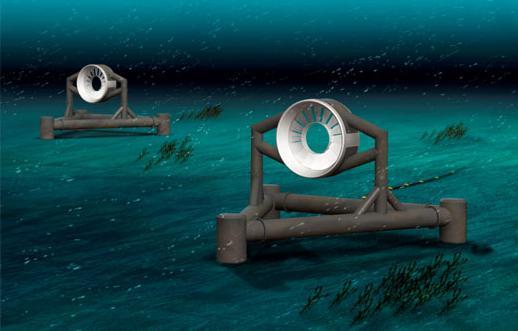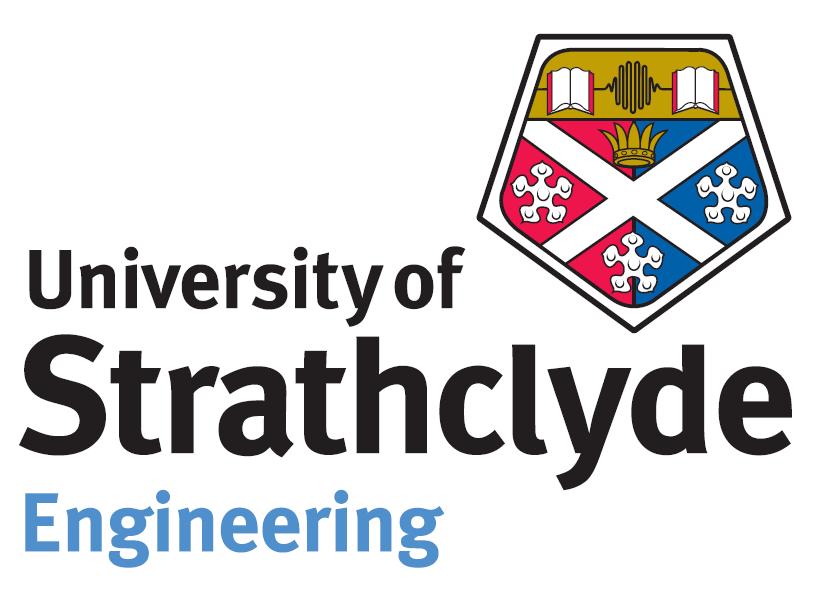OpenHydro
OpenHydro is a technology business involved in the design and manufacture of renewable energy devices.
Open-Centre Marine Current Turbine
 The patented Open-Centre marine current turbine is designed for deployment on the seabed and will be silent and invisible from above the water’s surface. The hub-less design uses a highly efficient permanent magnet generator integrated with a single piece rotor, all housed within a duct. The rotor is the only moving part and accepts bi-directional flow.
The patented Open-Centre marine current turbine is designed for deployment on the seabed and will be silent and invisible from above the water’s surface. The hub-less design uses a highly efficient permanent magnet generator integrated with a single piece rotor, all housed within a duct. The rotor is the only moving part and accepts bi-directional flow.
During 2006, the Open-Centre turbine became the first tidal turbine to be installed at the EMEC test facility in Orkney with a structure enabling the devise to be raised and lowered. This first 6m diameter test unit provides enough energy to supply 150 average homes in Europe and reduce CO² emissions by 450 tonnes a year. Agreements were then made in 2007 with Alderney Renewable Energy Ltd and Nova Scotia Power Inc to use the Open-Centre turbine for tidal farm deployment and May 2008 saw the device become the first tidal device connected and exporting power to the grid.
On the 11th November 2009, OpenHydro deployed a 1MW Open-Centre tidal turbine in Canada, making it the first commercial tidal turbine to be deployed in the world.
Key Advantages
- Open centre allows marine mammals to simply pass through the device, preventing damage to the mammal or turbine.
- Enclosed rotor tips within the outer housing eliminate the danger to marine life.
- Simple design and lack of moving parts reduces mechanical complexity.
- Device allows for bi-directional flow eliminating need for rotation, reducing mechanical complexity.
- The device at Orkney can be raised and lowered in the water providing ease of maintenance.
Drawbacks
- Device cannot rotate about its axis: Yawed flow could induce unsteady dynamic effects leading to unbalanced rotor loading, threatening the structural integrity of the device.
References:
OpenHydro (www.openhydro.com)
Renewable UK (www.bwea.com)





